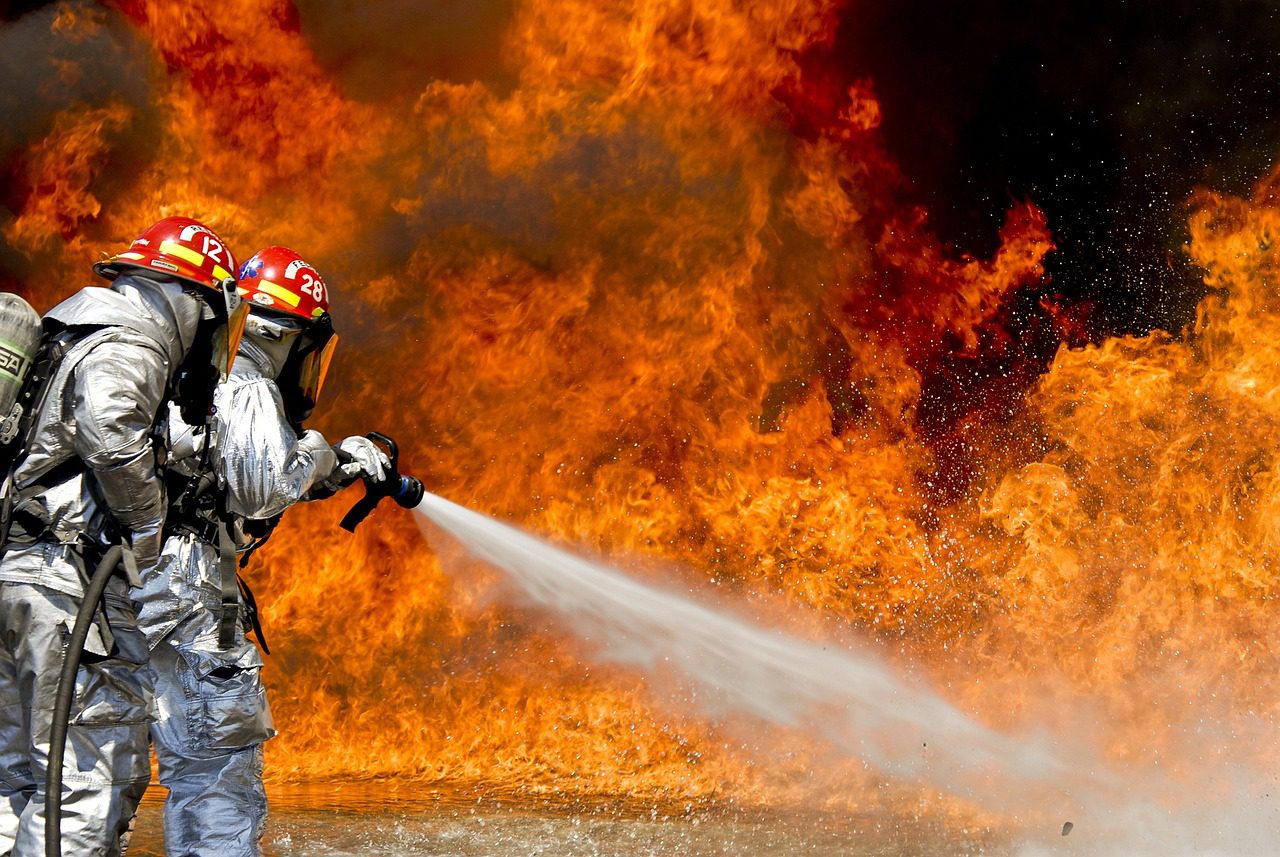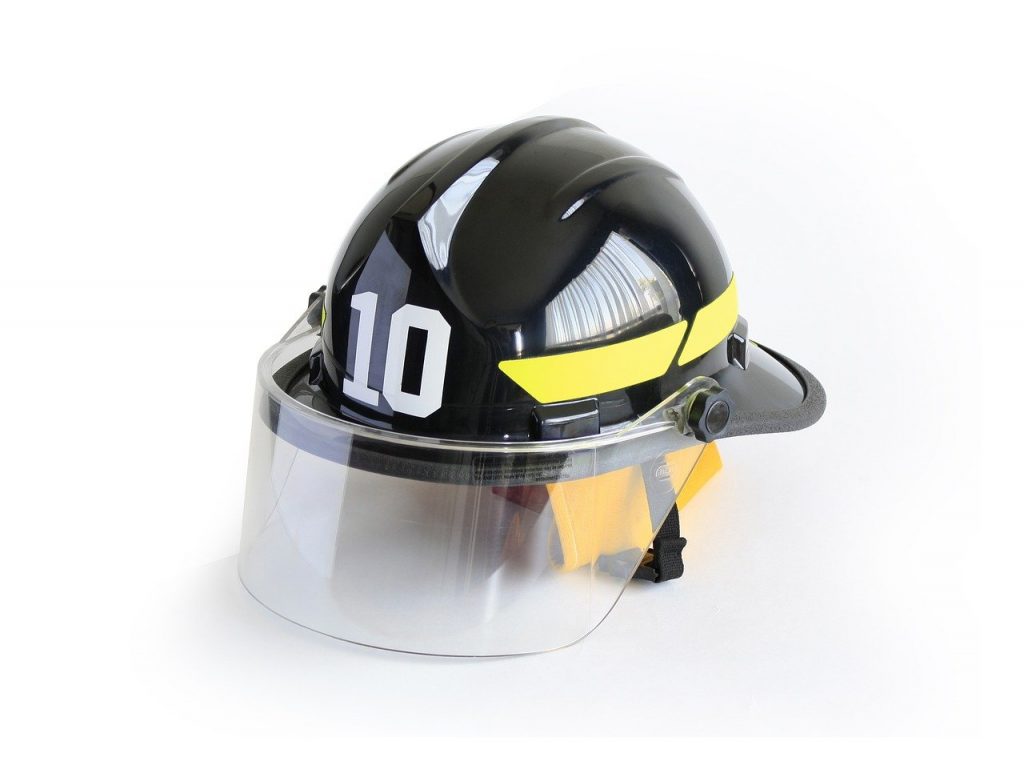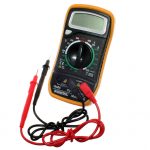Modern Technology in Firefighter Helmets

Firefighting helmets have long protected firefighters and first responders from falling objects, the heat, and other hazards. With firefighter safety requirements evolving, manufacturers of fire helmets are integrating innovative technology into their products to ensure that firefighters are well protected against a plethora of hazards while providing a comfortable fit.
Today’s firefighter needs a purpose-built helmet. That’s why technology is key in advancing both safety and comfort in firefighter turnout gear, such as helmets, boots, firefighter pants, turnout coats, and gloves. Here are the modern technologies that you can find in firefighter helmets:
Integrated Light Modules
Firefighters rely on their flashlights and count on them to work every time. While handheld flashlights are a must-have, they’re not practical in situations where the firefighter needs to use his hands to carry out other tasks. Manufacturers are now producing helmets with integrated light modules to help firefighters see clearly in any conditions.
LED lighting is particularly popular due to the high intensity it offers. For instance, the MSA Cairns XF1 Firefighting Helmet features a robust and compact light that is located inside the firefighter helmet, reducing exposure to impact and heat. The lights are placed on each side of the helmet to ensure wider visibility. Expect to see more helmets with integrated light modules.
Helmet-Mounted Thermal Imaging Cameras
Over the years, visibility has been one of the biggest challenges for firefighters when trying to quickly locate the seat of a fire or even perform rescue operations in difficult conditions. Thermal imaging cameras are an innovative solution that has helped improve fire and rescue operational success and firefighter safety. Helmet-mounted thermal imaging cameras are now widely used in a wide range of firefighter-related tasks, including:
- Overhaul operations after fire suppression and search and rescue tasks have been completed. Helmet-mounted TICs are useful here when the firefighter’s hands are being used for other tasks.
- Conducting an initial and on-going assessment of a hazardous material incident
- Creating a safer working scene at a motor vehicle crash to determine the full scope and magnitude of the crash
- Outdoor search and rescue to retrieve victims and make operations safer and more effective
- Wildland and structural fires where helmet-mounted TICs can help identify hot spots more accurately and rapidly
Innovative Visors
Eye protection is a major concern for firefighters when working in both structural and wildfires. Today, firefighter helmets like the MSA Cairns 660C Metro Fire Helmet feature the popular Defender visor that retracts up inside the firefighter helmet shell where it’s not exposed to damage and stays cleaner. Other helmets feature self-deploying spring-loaded lenses and eye protection visors that are in-built into the helmet shell.
Unlike old visors, new eye protection visors from top brands are designed to articulate both forward and backward to ensure proper fitting across different facial profiles. Different deployment options may be used in different firefighter helmets. However, ease of use with gloved hands or prescription glasses is guaranteed.
Integrated Communication Accessories
Another innovative helmet technology is the integration of communication accessories like in-built speakers and microphones that work effectively with or without an SCBA facepiece. The communication accessories are designed in such a way that they fit inside the helmet without impeding firefighter comfort. The microphones also come with noise-canceling technology to ensure that firefighters can communicate hands-free and clearly.
One example of advanced communication tech for firefighters is the push-to-talk and remote speaker microphone modules that enable the streamlined connection between integrated communication tech in helmets like the MSA Cairns Invader 664 Fire Helmet and portable radios used by firefighters. They’re designed to ensure easy integration with helmets.
Adjust-to-Fit Tech
Just like other turnout gear like firefighter boots or gloves, firefighter helmets offer the best performance and protection when they fit well. Proper fitment is only possible when firefighters have a wide range of helmet adjustments to use. One thing that has changed over the years is the designing of helmets to fit different head shapes while ensuring that the adjustment options offered guarantee reliable fitting even when the helmet takes an impact.
Today, firefighter helmets come with innovative headband adjustment mechanisms, multiple-point crown strap assemblies, and several easy-to-find adjustments to secure the helmet around the head. Adjust-to-fit technology is being adopted fast and being modified to offer a greater range of adjustments in the height and circumference of the helmet while ensuring maximum comfort.
Conclusion:

Manufacturers are working hard every day to improve firefighter helmet technology. From new materials that improve durability and heat resistance of goggles and face shields to lighter and stronger helmet-building materials like fiberglass, and ergonomic styling that ensures helmets sit centered on a firefighter’s head, new technology will continue shaping the way firefighter helmets are improved to ensure safety.
Choosing the right firefighter helmet for structural firefighting, wildland firefighting, or any other emergency response is very important for firefighters, SAR teams, and emergency responders. That’s why staying up-to-date with the modern technologies being used in firefighter helmets is crucial. Manufacturers are doing their part to provide you with the latest technology, so do your best to choose NFPA-compliant helmets to protect yourself when saving lives.




